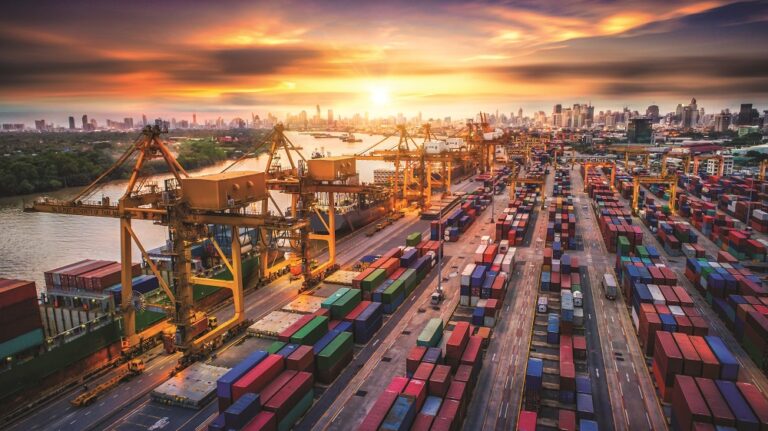According to RaboResearch’s latest animal protein report, global poultry trade is expected to remain strong amid relatively tight global protein supply and growing consumption, but geopolitics is a wild card.
Improved economic conditions in many regions, together with ongoing high prices for other proteins, make poultry an attractive option for consumers worldwide. Global consumption growth is predicted to reach 2.5% to 3% this year. This marks the second consecutive year of above-average market growth, which has led to significant improvements in margin performance in many regions. “Almost all regions currently enjoy profitable market conditions, with the notable exception of China, which faces weaker economic conditions, waning consumer confidence, and an oversupplied domestic meat market after years of rapid expansion,” said Nan-Dirk Mulder, Senior Analyst – Animal Protein with RaboResearch.
Dealing with avian influenza remains a significant challenge for the global poultry industry and one of its biggest operational concerns. Additionally, the supply of parent stock remains tight, and hatching egg prices are still high, restricting growth. “Rising egg prices are now driving renewed interest in vaccination as a tool to combat avian flu threats,” said Mulder. “The poultry industry has debated the use of vaccines in recent years, and more countries are adopting vaccination as a tool to reduce the risk of avian influenza spreading. In general, there is more support among egg producers than broiler producers. Concerns about trade impacts and mixed results in controlling the spread of disease have been key factors for several countries not adopting vaccination as a tool.”
Still, some countries have successfully introduced vaccines. For example, France suffered heavily from avian flu, especially in western regions of the country, which traditionally have high numbers of duck and Label Rouge (outdoor) production. Since adopting vaccination, France has seen significantly fewer cases, and domestic supply has fully recovered. Similarly, several countries in Asia and Latin America, where usually there is no compensation for farmers affected by avian influenza and export dependence is low, have introduced vaccines.
Aside from the ongoing avian flu risks, rising geopolitical tensions and competition pose the biggest challenges for global trade. In general, global trade is expected to remain strong amid relatively tight global protein supply and growing consumption. Although the first quarter is typically a slow season, it is expected to surpass year-on-year levels due to ongoing tight market conditions in key import markets such as the EU, the UK, and the Middle East, as well as improved market conditions in Japan and Southeast Asia. Strong import demand is expected to persist throughout the year, keeping breast meat prices high. However, weak Chinese demand and local oversupply may limit upside.
But rising geopolitical tensions, including US tariffs on imports and retaliatory tariffs on US poultry from affected regions, could lead to a trade war and shifting global trade flows. Brazil and Thailand are expected to benefit from these geopolitical tensions. “They are already gaining market share in markets like China and Mexico, and this trend is likely to continue, especially if trade tensions escalate,” said Mulder. Indirectly, geopolitical tensions could also lead to changes in operations due to restrictions or shifting trade flows of inputs like agricultural commodities and feed additives. “Global traders should be prepared to respond quickly to developments,” said Mulder.


